Tourists are much harder to come by in Turin—the capital of the Piedmont region in Italy’s northwest—than the likes of Florence, Rome or the Amalfi Coast. The Baroque city, which was the first ever capital of unified Italy, is still largely undiscovered by comparison, along with its regional cuisine.
Literally meaning “at the foot of the mountains,” landlocked Piedmont is encircled by the Italian Alps, where its simple but rich food is centered on local products—rice from the region’s east; herb-infused grappe and alpine cheeses like castelmagno and toma from the western mountains; and, from the southern Langhe wine district, prized hazelnuts, white and black truffles worth a small fortune. Bold red wines—Barolo and Barbaresco—made from the native Piedmontese grape, nebbiolo, are especially celebrated. Local types of pasta are rich with egg yolk, taking the form of ultra-fine ribbons in tajarin, and miniature stuffed parcels, agnolotti al plin. Extremely lean veal from the razza piemontese breed of cows is another headliner, often appearing as an antipasto; the raw meat is hand-chopped, served with nothing other than olive oil, salt and pepper.
While a set list of Piedmontese dishes are likely to be found across all menus in Turin, you can always tell what time of year it is. In winter, firm Madernassa pears are cooked in red wine, while cardo gobbo (cardoon, a type of thistle) is roasted and served with a besciamella sauce; spring brings greens like borage and wild nettles, turned into friciulin fritters, and asparagus flavors savory flans known as sformatini. Come summer, red peppers are stewed to make peperonata and peaches are halved and stuffed with crushed amaretti biscuits and chocolate in roasted pesche ripiene. But, arguably the best time of year is the fall, when risotto is made with sweet pumpkin, shaved white truffles adorn all sorts of primi, and hazelnuts are at their peak for dense torte di nocciole—they’re also the star of gianduja, Piedmont’s chocolate spread laden with hazelnut paste and the original Nutella.
It may be the fourth largest city in Italy, but elegant Turin is still slow-paced—fittingly, the Slow Food movement was founded nearby—and visitors should plan to enjoy it that way. Expect meals to open with a seemingly never-ending string of antipasti; idly stroll the many kilometers of covered walkways (commissioned so the Turin-based Savoy royals could enjoy their walks rain-free); and meander across regal piazzas to take an aperitivo in a perfectly preserved eighteenth-century café. Traditional dishes still prevail in many of the city’s best restaurants, but a crop of more recent openings are taking a contemporary approach to Piedmontese food as well as inspiration from regional Italian flavors from further afield.
![]()
The Weekend Edition
Get the latest L&T stories and exclusive notes from our editors delivered straight to your inbox—every weekend.
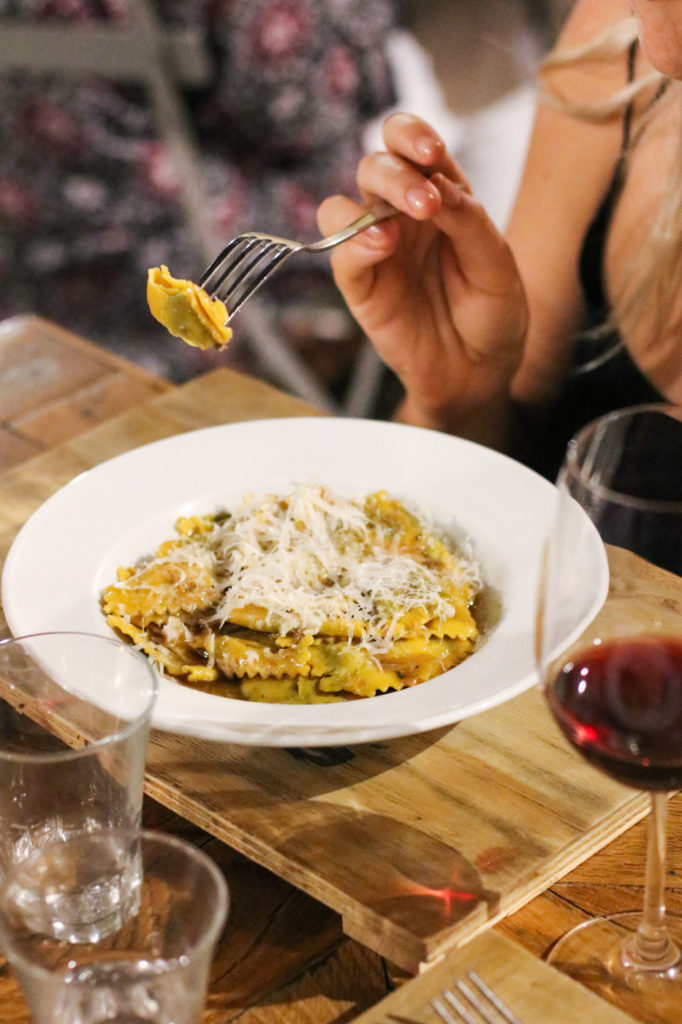
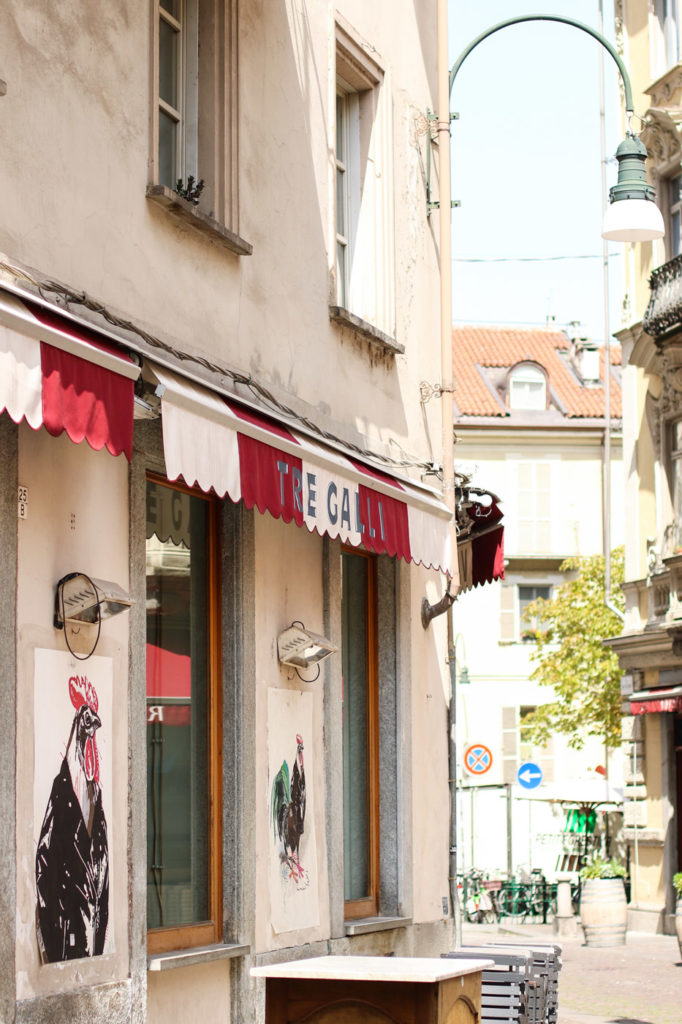
Tre Galli
Via Sant’Agostino, 25
The opening of Tre Galli back in 1997 is credited with enlivening this northern corner or Quadrilatero Romano—Turin’s historic Roman quarter—backing onto the giant Porta Palazzo food markets. It’s a sister venue to Tre Galline, an established, traditional Piedmontese restaurant down the road; here, the regional dishes are lighter and more modern. The concise menu shape-shifts given the time of year, but there are a few stalwarts you’re sure to come across: the smoked guanciale drizzled with honey, house-made ricotta topped with a vivid bundle of shaved seasonal vegetables, hearty grilled rump of fassone (the local bovine breed) with chunky roast potatoes, and a lick of sugo d’arrosto (a glossy meat gravy) over their signature veal-stuffed agnolotti al plin, handmade at Tre Galline. That, and a mega wine list featuring some 1,200 labels to choose from.
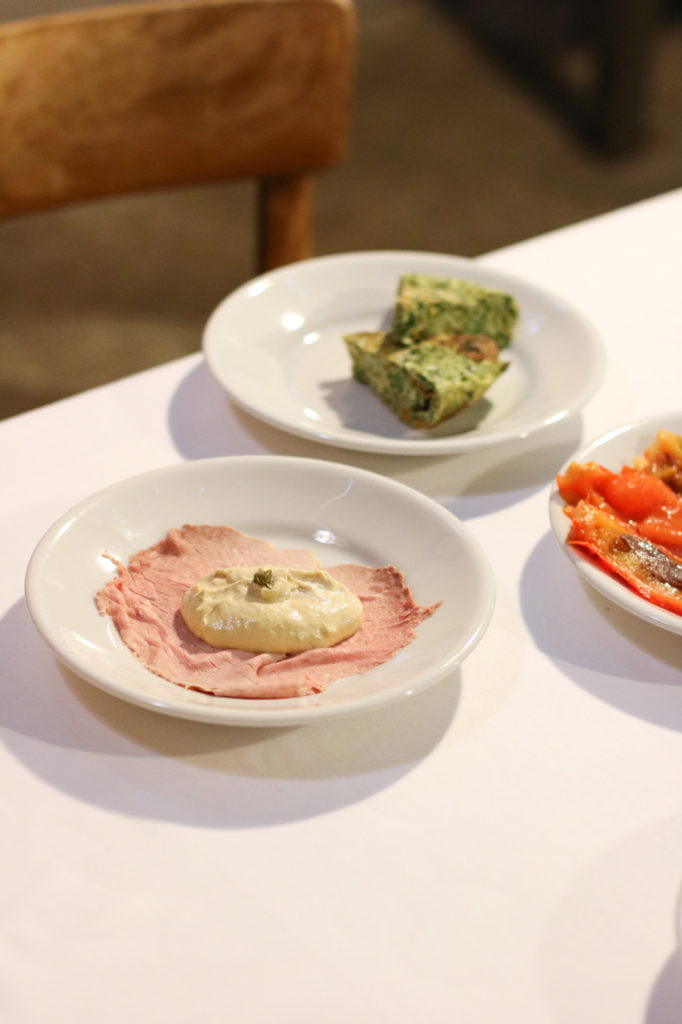
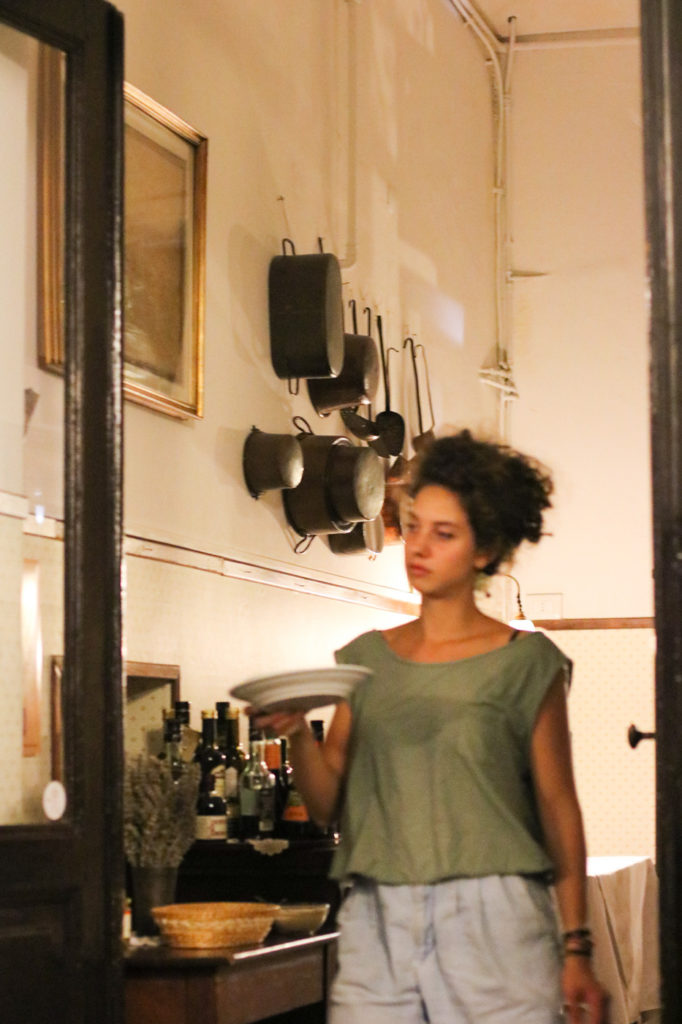
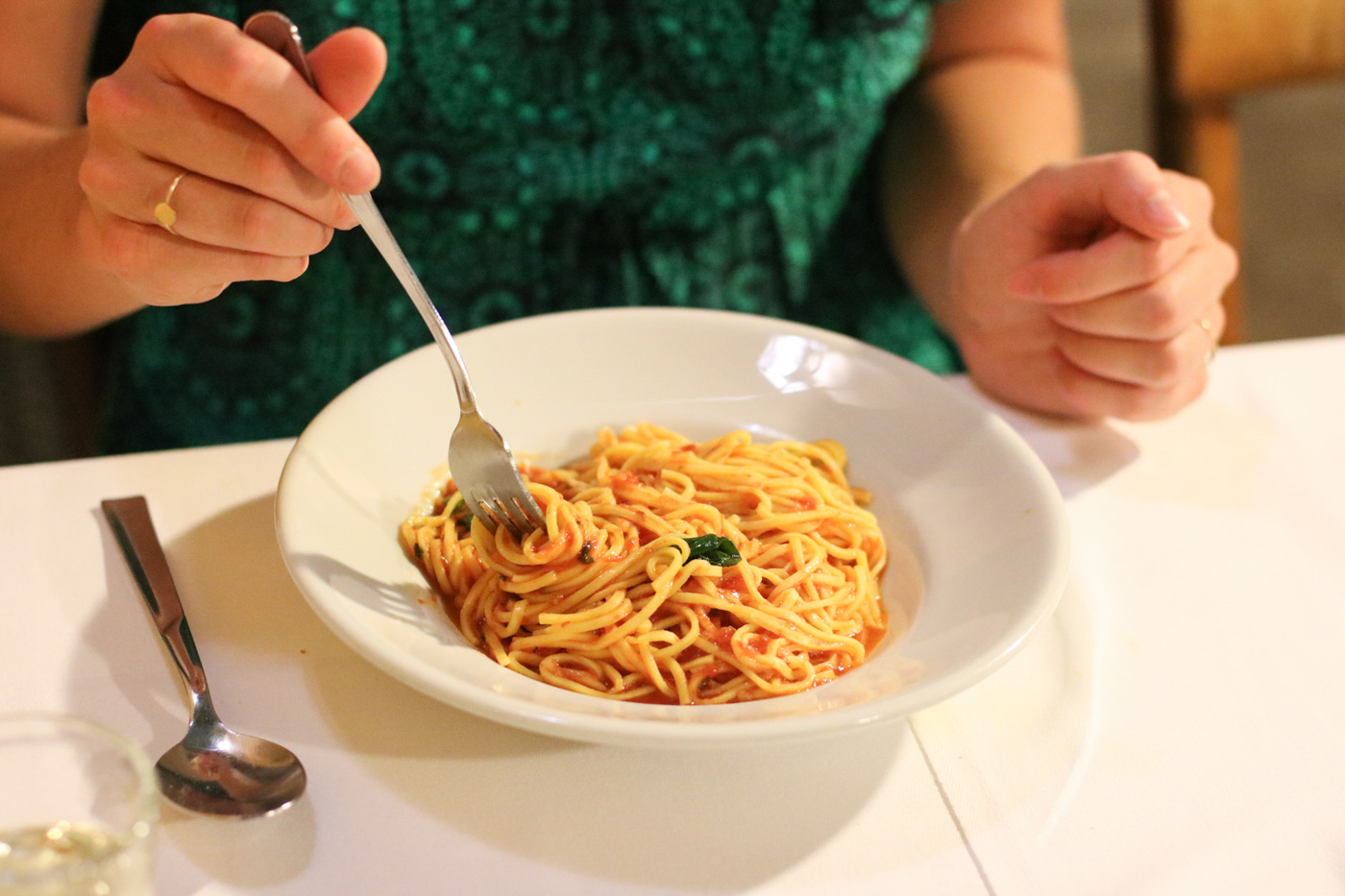
Osteria Antiche Sere
Via Cenischia, 9
This no-frills, family-run joint might seem a bit out of the way, but is well worth the metro ride to the residential Cenisia neighborhood. In what feels like more of a living room than a dining area—the cozy space is clad in timber paneling and whitewashed walls, adorned with vintage photographs—diners are treated to straightforward Piedmontese classics from a handwritten menu that changes with the seasons. The antipasti misti is a must, offering a slew of traditional starters like grilled red peppers topped with anchovies, wedges of frittata laced with herbs and greens, vitello tonnato, and hard-boiled eggs finished with bagnet vert, a blended green sauce of parsley, capers and anchovies. By the end of the night, the chef is known to bring a selection of amari to each table himself, leaving diners to pour their own digestivi.
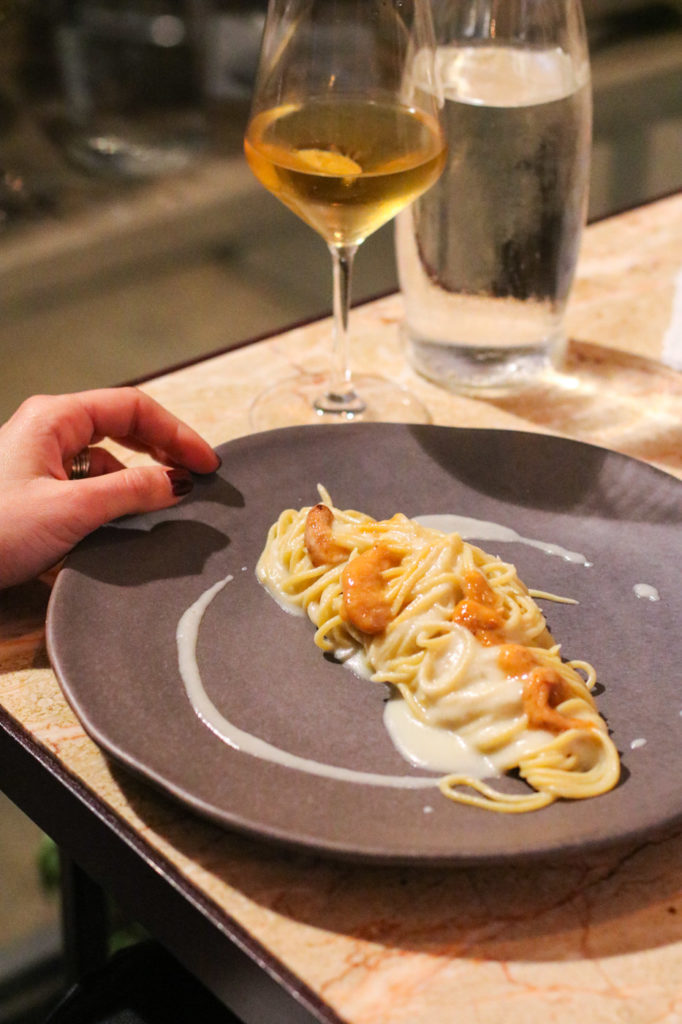
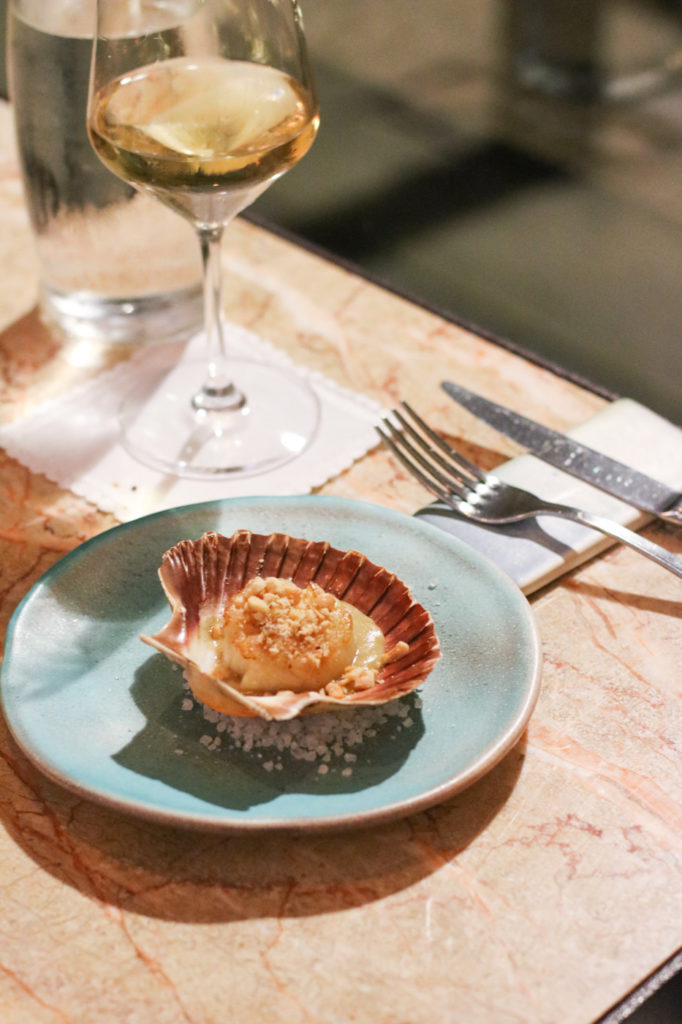
Gaudenzio
Via Gaudenzio Ferrari, 2H
Floor-to-ceiling windows, industrial light fixtures, striking marble dining tables and handcrafted ceramic tableware—these are rare features in traditional Turin, where osteria décor tends to be an afterthought. Gaudenzio’s young Piedmontese owner spent time working in restaurants in London and Paris before opening this modern bistro-inspired space in late 2015, a stone’s throw from Turin’s most iconic building, the Mole Antonelliana. The entirely natural wine list is an essential detail, but it won’t be brought to the table; instead, it’s committed to memory by the servers. The menu leans toward seafood; take a seat at the bar overlooking the kitchen for small plates inspired by Venetian cichetti (snacks enjoyed with drinks), like a single grilled scallop on leek purée topped with crushed roasted hazelnuts. Primi includes the likes of delicate gnocchi with diced asparagus and strips of sweet, raw squid, or tagliolini with sea urchin and creamed sunchoke.
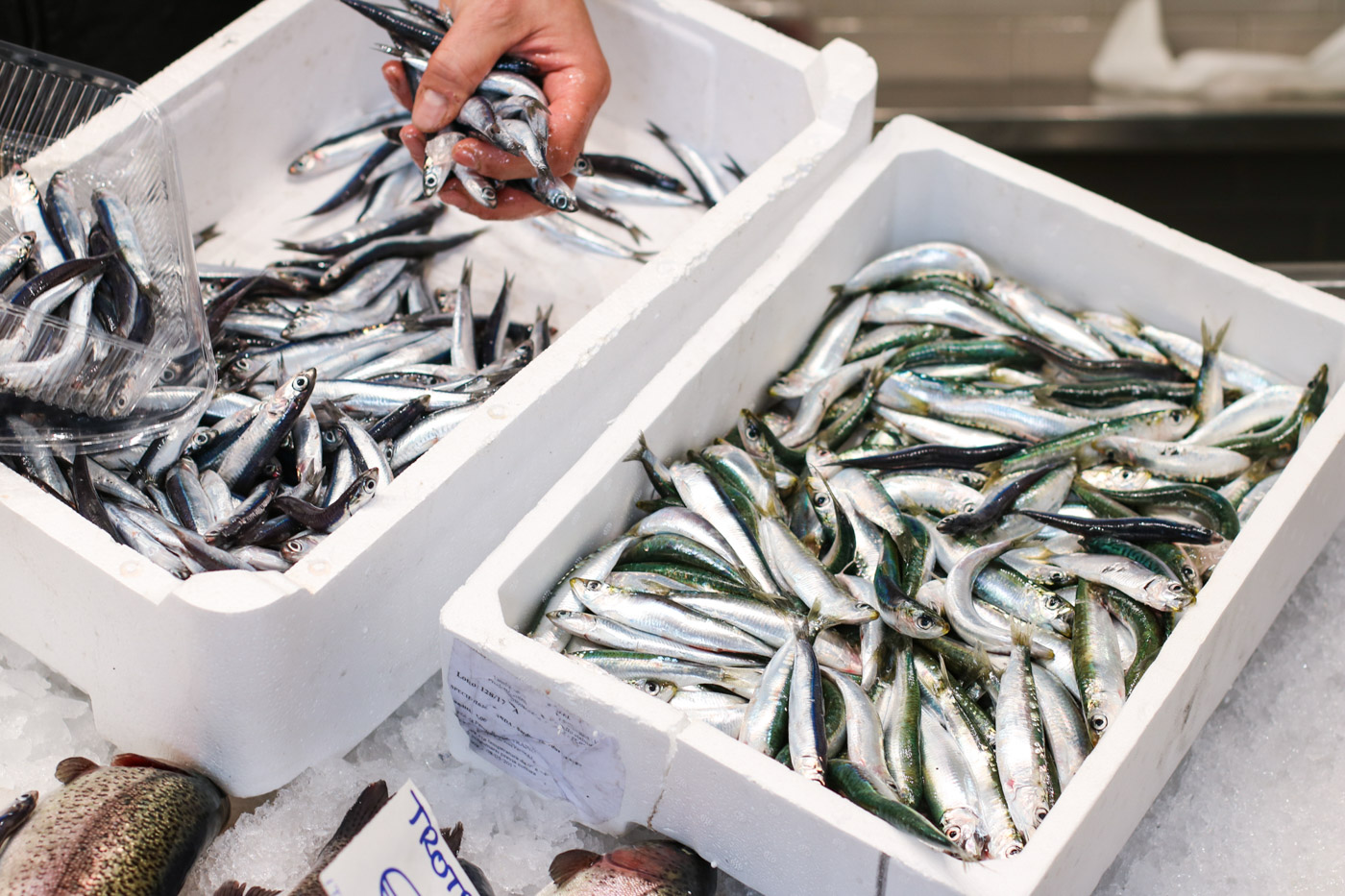
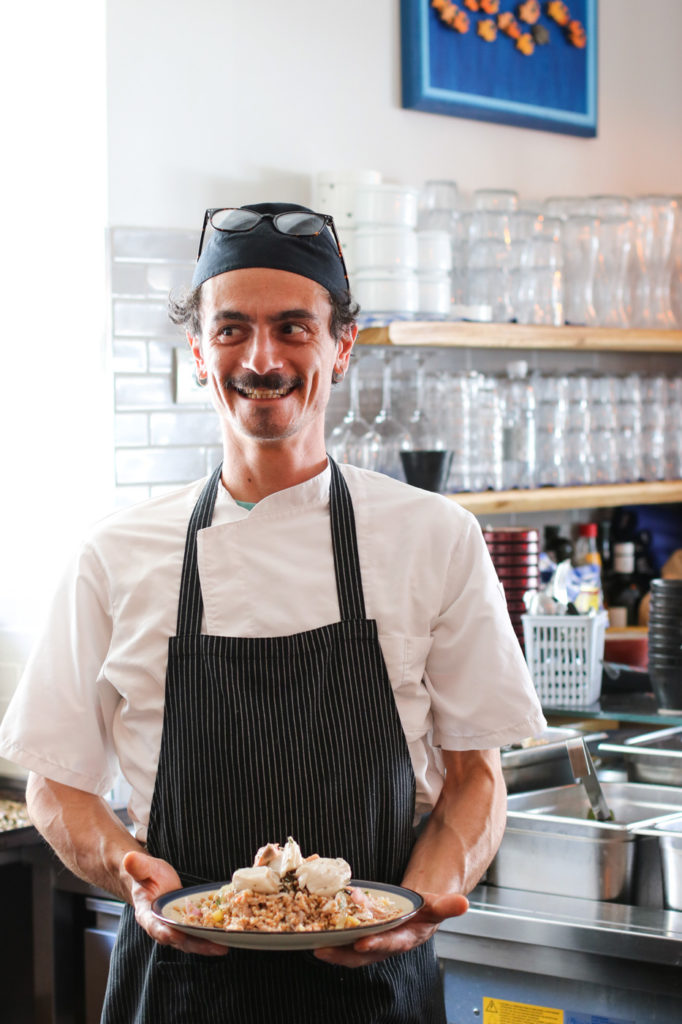
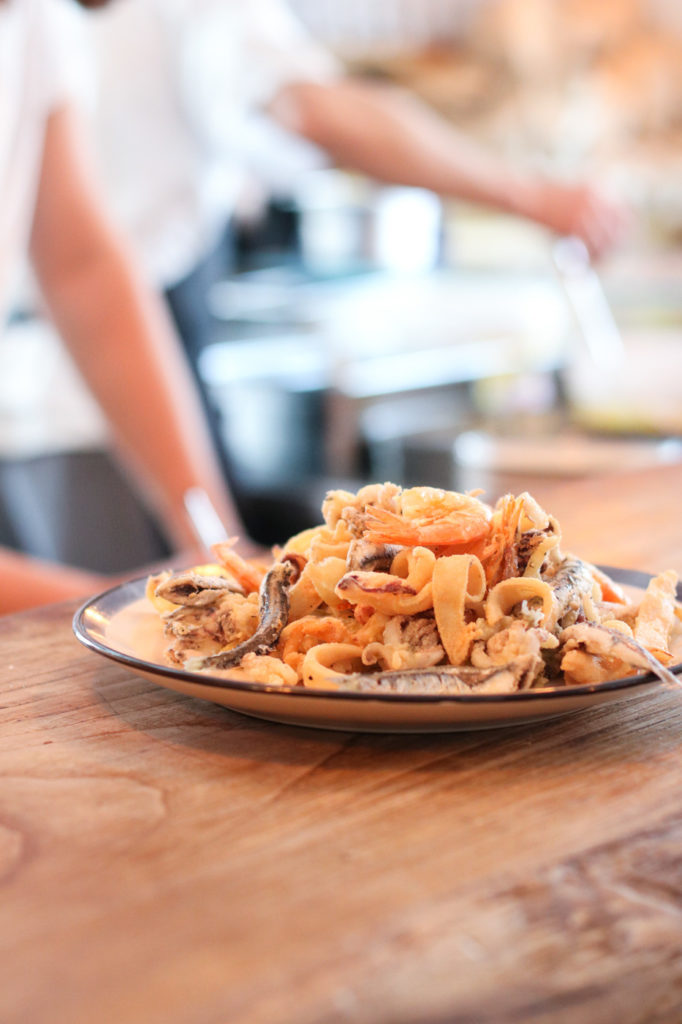
Pescheria Gallina
Piazza della Repubblica, 14b
Cento anni di pesce, or “100 years of fish,” Beppe Gallina tells me of inheriting Pescheria Gallina from his mother, who in turn took over the store from her own mother. The fishmonger was long located within the covered seafood hall across the way in Porta Palazzo (Turin’s sprawling food markets, and the biggest outdoor ones in Europe), moving to its new spot in one corner of the square not long ago. Here, it’s grown from a simple stall into an indoor-outdoor restaurant with a separate counter dedicated to selling fish and seafood. The €15 fixed price menu changes each day; it might include a fritto misto of prawns, calamari and tiny white fish, couscous with octopus and cream of red lentil, or grilled mackerel with anchovy sauce. The majority of their products come from Italy, with a good deal of those direct from the nearby Ligurian seaside.
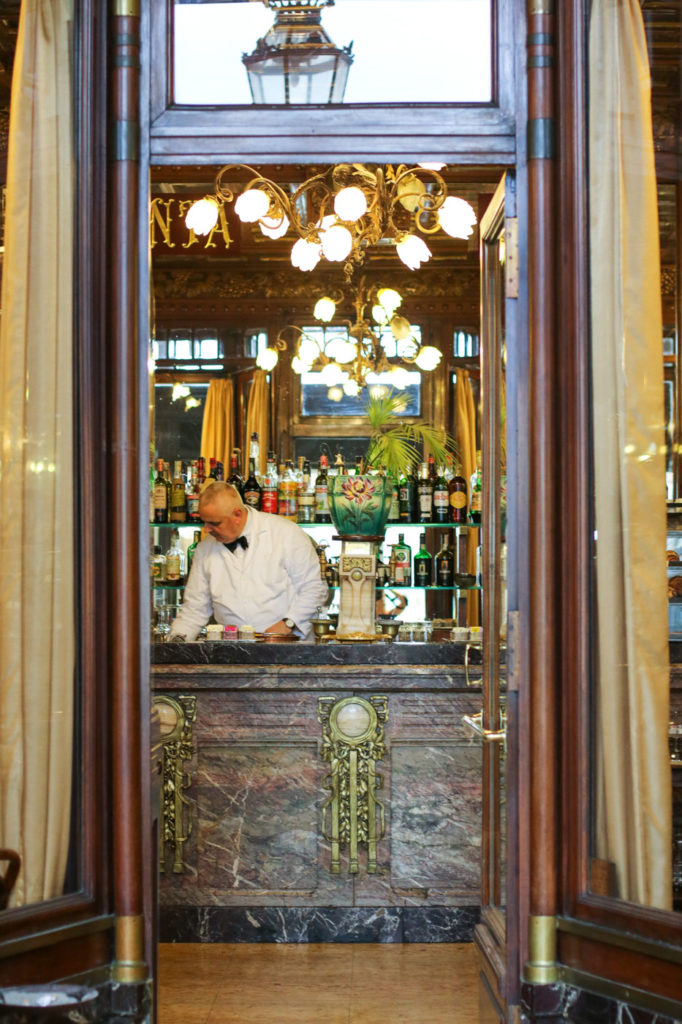
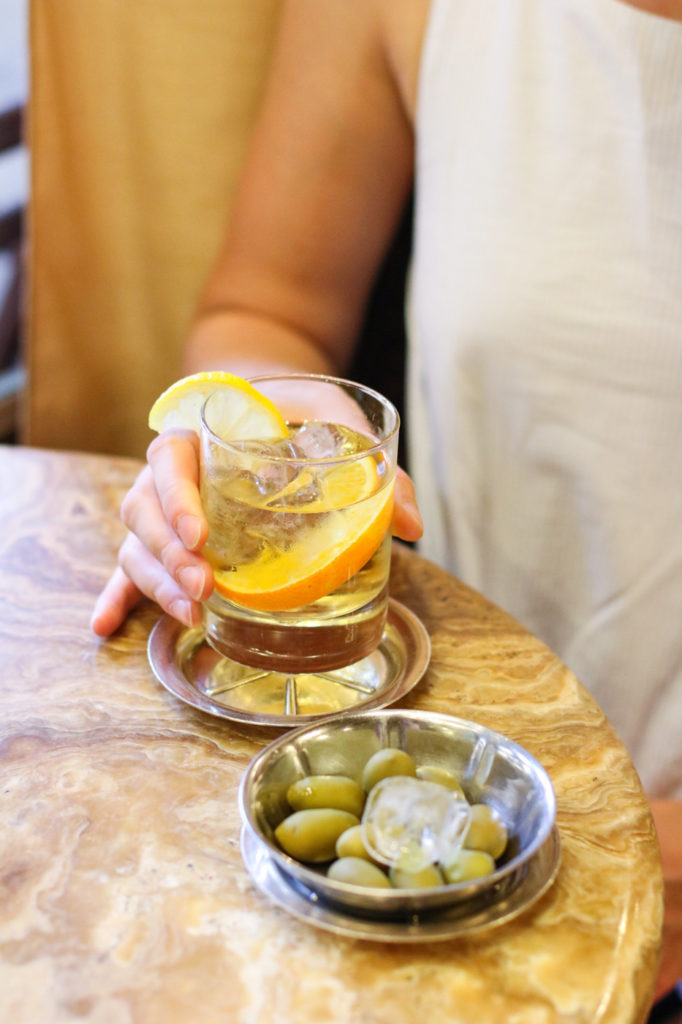
Caffè Mulassano
Piazza Castello, 15
Tucked in a covered arcade right by the fourteenth-century Palazzo Madama, Caffè Mulassano fast became a hangout for local artists, performers and writers after opening in 1907 (it’s across the street from Teatro Regio, Turin’s opera house). There are just four tables inside the tiny space (it’s only thirty or so square meters) that’s all shiny marble, gold finishes, and intricately carved wooden interiors. The tramezzino, a crustless, triangular white bread sandwich, was apparently first created here in 1926—so it proclaims on a plaque above the glass display case that houses the snacks—and is still served here throughout the day. During aperitivo hour, they’re brought to the table on a silver tray, filled perhaps with sliced veal tongue and bagnet vert, or walnuts, mascarpone and gorgonzola. It was Turin where vermouth was first produced commercially during the late 1700s, and Mulassano still makes their own label in Piedmont—a fruity, sweet white vermouth, served over ice with a slice of orange and a maraschino cherry.
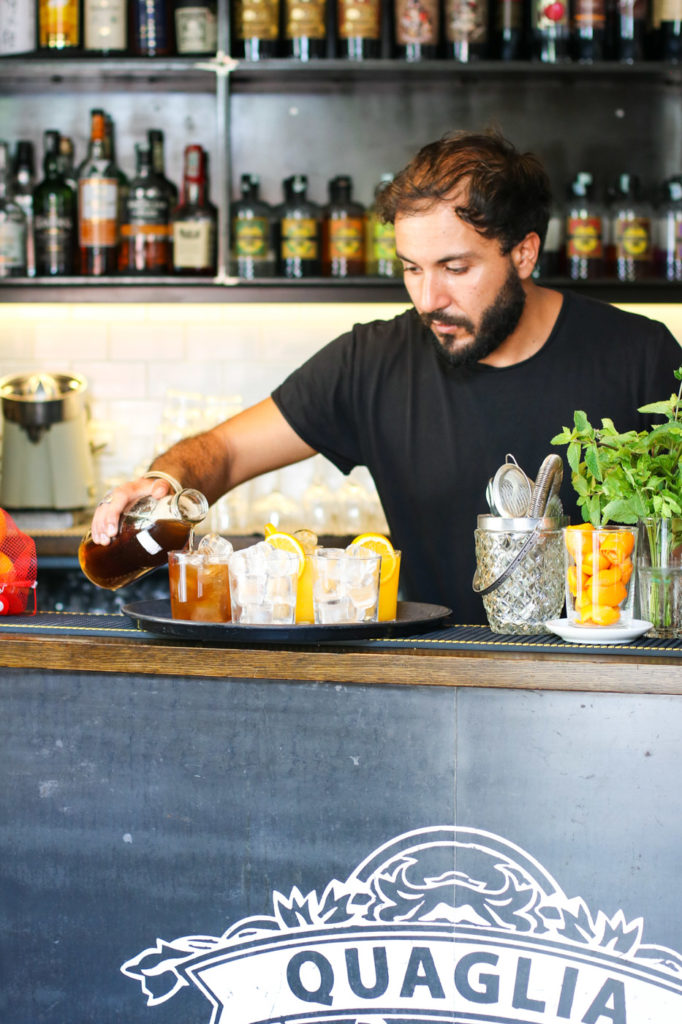
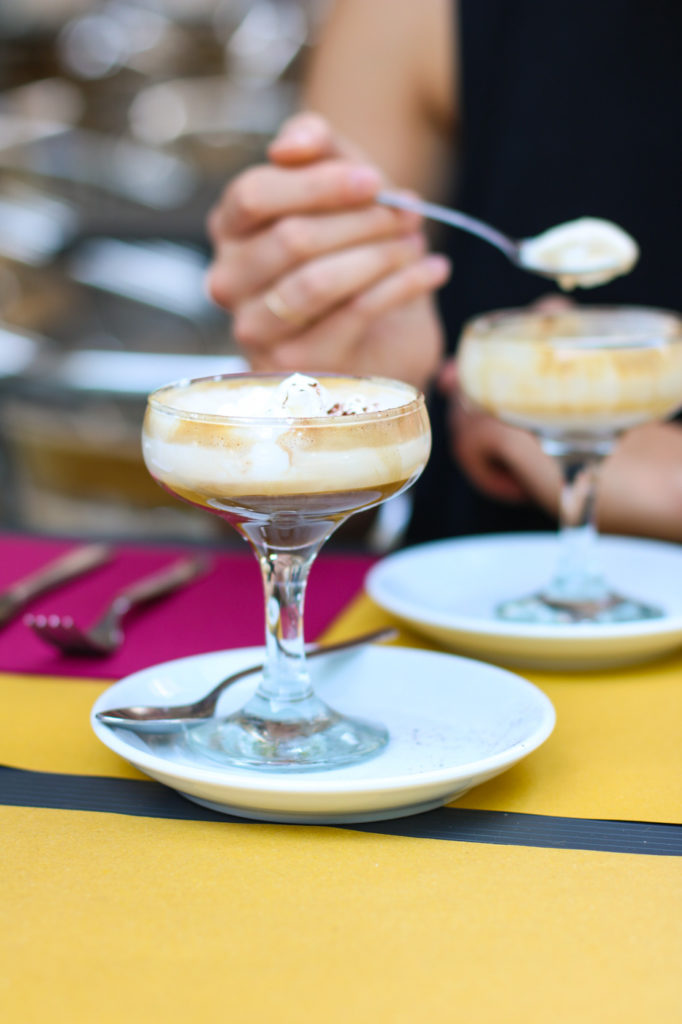
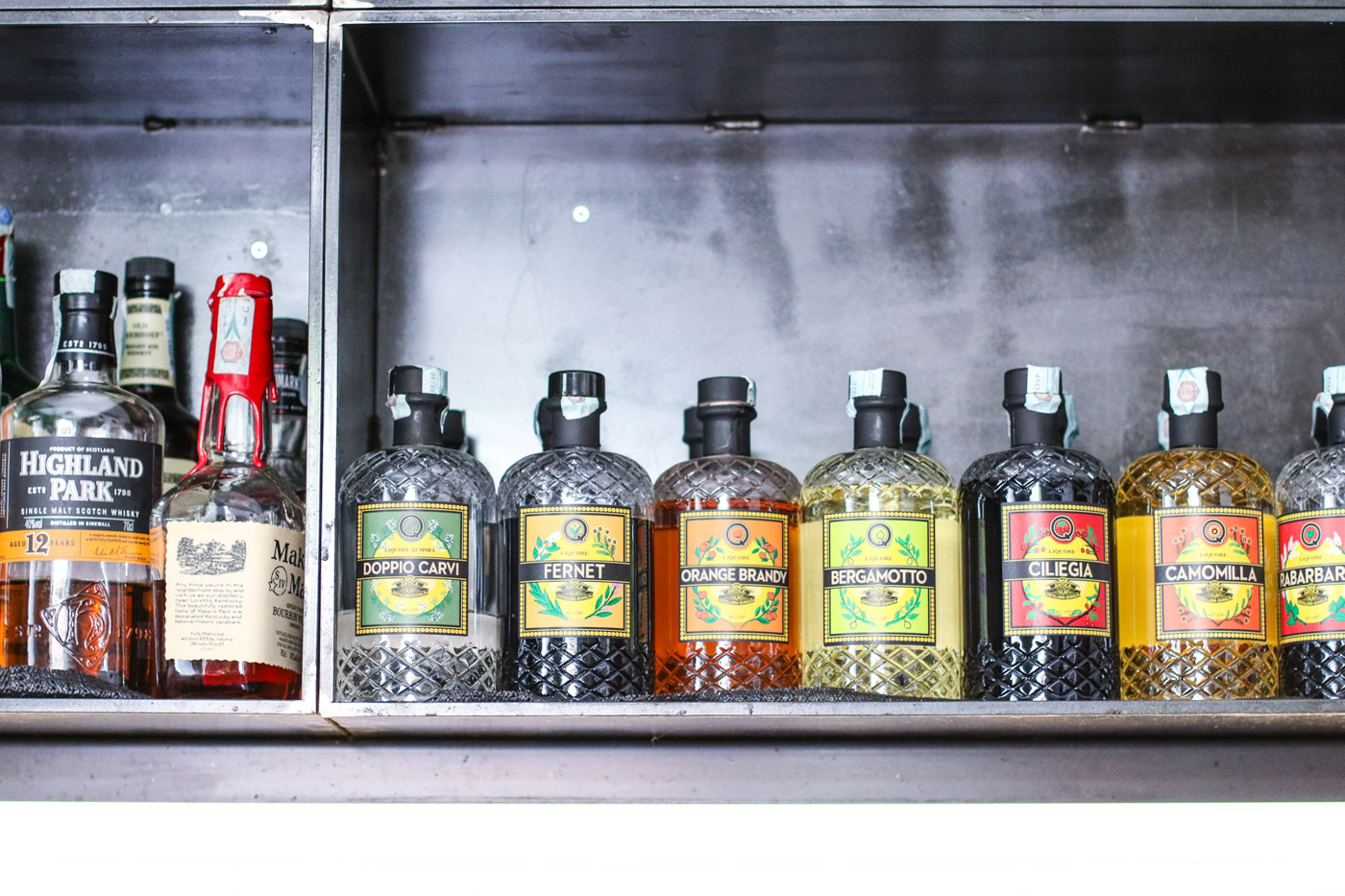
Distilleria Quaglia
Via Giulia di Barolo, 54
Since 1890, Antica Distilleria Quaglia has been producing grappa, spirits, liqueurs and vermouth about an hour east of Turin. They opened this bar-restaurant, Distilleria Quaglia, a couple of years ago in the city, where their own goods feature across the cocktail menu—their vodka, red vermouth, and chinotto liqueur make up the Chinosky; the “Mari #1” combines their gin and bergamot liqueur with sage syrup and lemon juice, and they age their own Negroni mix in miniature barriques, right on the bar. The dinner menu spans Mediterranean flavors, with each dish served in two sizes—smaller for aperitivo, larger for dinner—like radicchio lasagna, pappardelle with rabbit ragù and capers, and pumpkin, mint and pecorino polpette. They also host a popular Sunday brunch—an unusual sight in these parts.
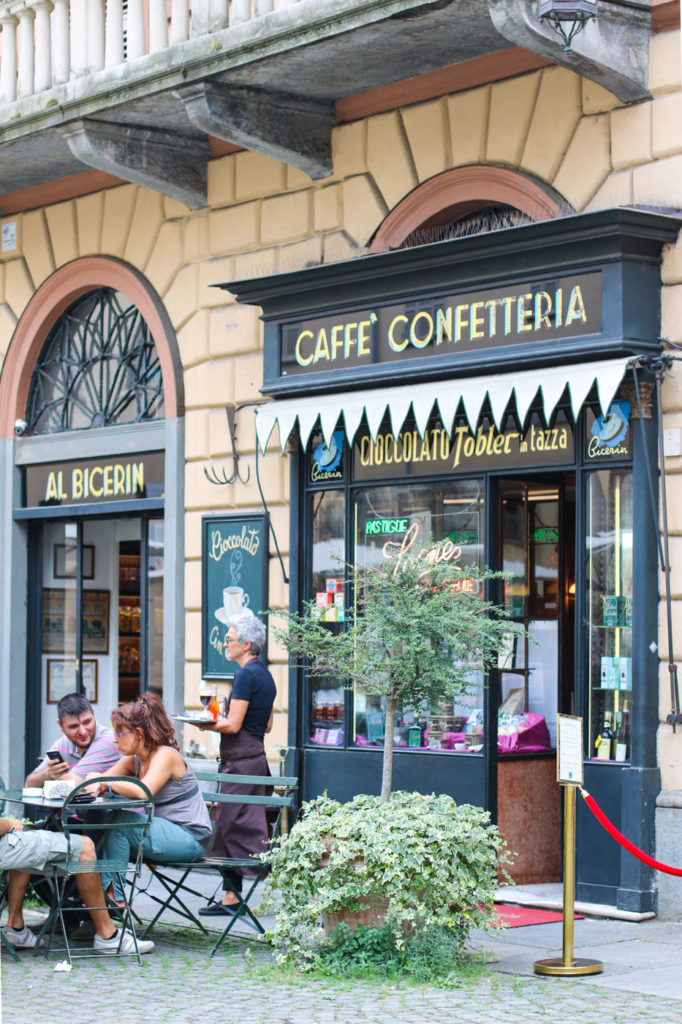
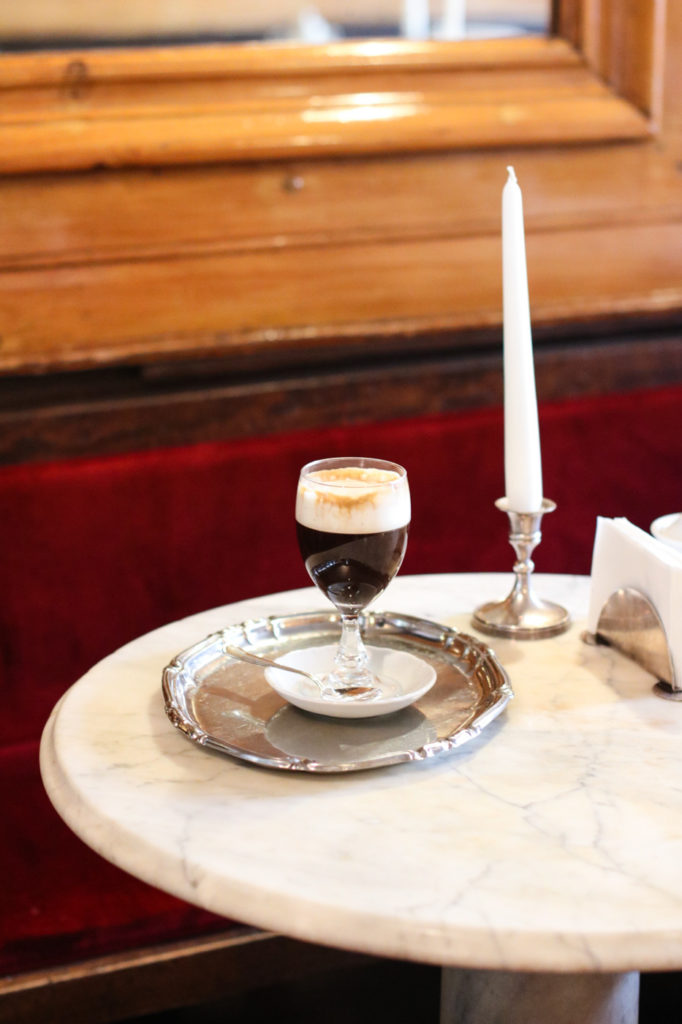
Caffè al Bicerin
Piazza della Consolata, 5
Step inside this little café and enter a time warp to the 1800s. Not only are the interiors still exactly the same—red velvet banquettes, polished timber from the ground up, a handful of tiny marble-top tables, and shelves filled with vases of colorful hard candies—but so are the house specialties. Caffè al Bicerin is lauded as the inventor of Turin’s bicerin, which is piemontèis for “small glass,” a mixture of coffee and dark hot chocolate topped with a dollop of cold, thick cream. These days, it’s served all over town. During the seventeenth-century, hot chocolate had become a popular drink among torinesi, after the Duke of Savoy, Emanuele Filiberto, tried cocoa in Spain and brought the new ingredient back to Turin’s royal courts. Caffè al Bicerin’s espresso-charged version is said to have been enjoyed by Alexandre Dumas, Friedrich Nietzsche and Giacomo Puccini, who all frequented the bar while in town. There’s etiquette to be followed when enjoying the drink; the cream mustn’t be stirred into the chocolate mixture, in order to best appreciate the contrast between the hot base and cool top layer.
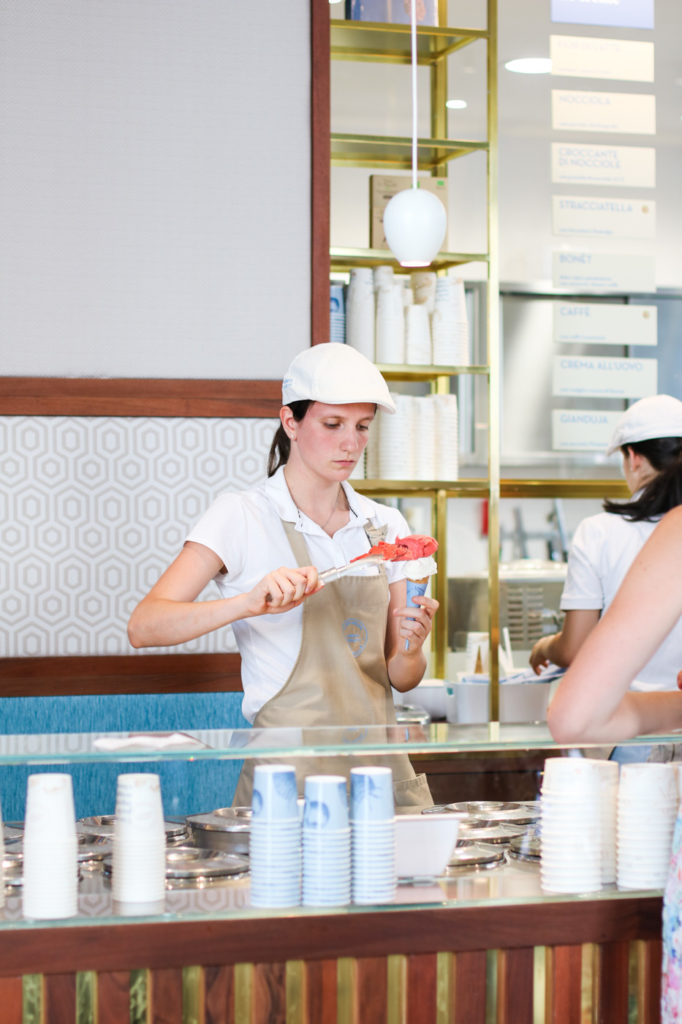

Alberto Marchetti
Piazza C.L.N.
Via Po, 35
Corso Vittorio Emanuele II, 24 bis
There’s plenty of terrible, mass-produced gelato on offer around Italy—a frighteningly bright blue flavor, often dubbed puffo (the Italian word for “smurf”), is one giveaway. Enter Torinese gelataio Alberto Marchetti, who grew up in his parents’ gelateria and later launched his own store in the city with a pledge to focus on high quality ingredients. The source of each flavor is proudly displayed—pistachios from Bronte in Sicily, Piedmontese hazelnuts, lemons grown in Sorrento on the Amalfi coast. Some flavors use products that are part of the Slow Food organization’s efforts to preserve biodiversity and heritage ingredients. Take the signature farina bóna flavor, for instance, made with the traditional toasted corn flour of the same name from the Onsernone Valley in Switzerland, or the organic cocoa from small-scale producers in Chontalpa, Mexico, used in the chocolate-flecked stracciatella. The gelato is incredibly silken (be quick; it melts very, very fast), now found in three outposts in Turin. The newest opened earlier this year on the edge of the downtown Piazza San Carlo, where patrons can watch the gelato being made in the glass-walled lab.

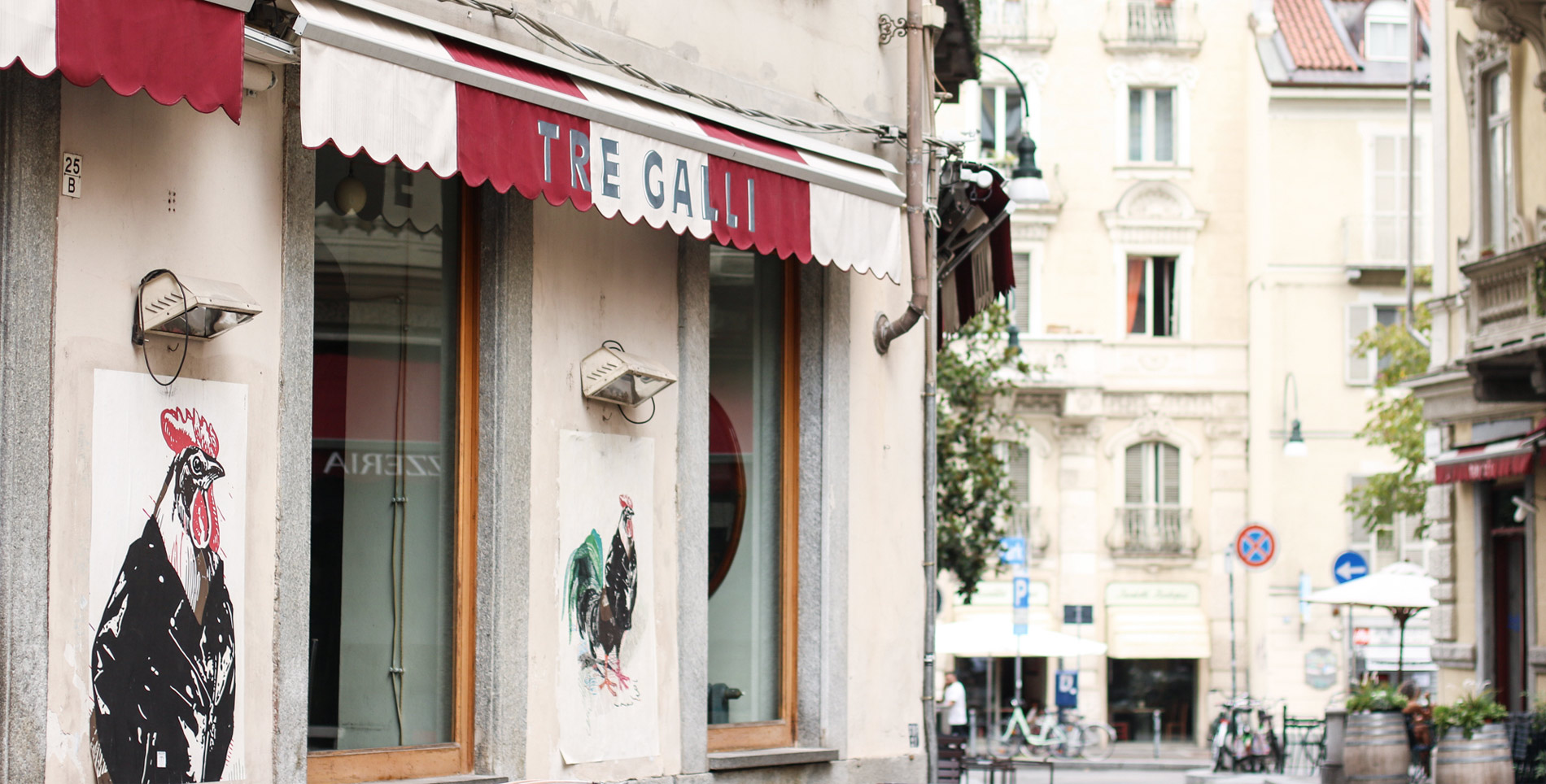

Our comments section is for members only.
Join today to gain exclusive access.